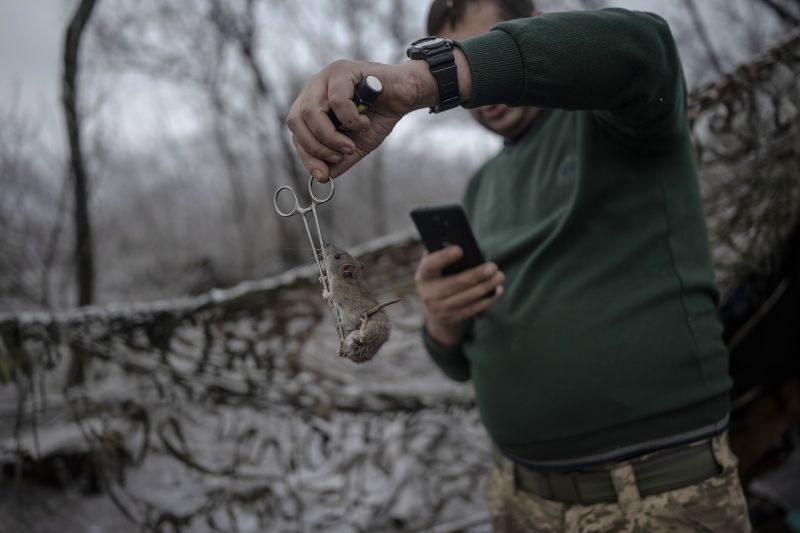The historical and cultural implications of World War I are vast and complicated, touching upon almost every aspect of sociopolitical landscapes across the world. However, one grisly echo of this great war is currently being manifested in an unexpected form – rats and mice swarms in the trenches of Ukraine. This unforeseen invasion reflects the terrifying conditions soldiers endured in trenches during World War I.
In an eerie echo of World War I, rats and mice have begun to swarm the trenches in Ukraine, causing immense problems for the troops stationed there. These rodent populations, having thrived in the bunkers, trenches, and fortifications, are now so plentiful that they’re posing logistical challenges for the military personnel living and operating in these areas.
Rats and mice have historically been known to swarm areas where food is plentiful, often thriving in conditions that might otherwise be hostile. In the trenches of Ukraine, the concentration of troops, the abundance of food, and the conditions created by the war make it an ideal habitat for these rodents to proliferate.
The invasion of rodents is not just a nuisance for Ukraine soldiers who share their food and space with these creatures, but it’s also a grim reminder of the conditions faced by soldiers during World War I. The picture is vivid – large rats, feeding on the remains of fallen soldiers, swarming in the thousands across trenches. Soldiers then faced challenges such as pest-borne diseases, leading to many non-combat related casualties just like today’s soldiers facing similar problems.
Similar to the scenario during World War I, the current rodent problem in Ukraine has elicited various responses. The Ukrainian troops, with limited options, have resorted to rat hunting to curb the situation. However, this solution only provides a temporary fix as the rodents reproduce at a rapid pace, thereby sustaining their population.
The presence of these rodents is not merely a physical threat but also poses a psychological one. It serves as a grim reminder of the realities of warfare, resembling the harsh conditions faced by soldiers almost a century ago. The soldiers in the trenches of Ukraine not only fight their visible enemies on the other side of the trenches but also the unseen ones that lurk in the darkness of their quarters.
Recounting from the chronicles of World War I, it is worth noting how soldiers would describe the rats as big as cats due to their continuous feeding on the remains of dead soldiers and easy access to food supplies. Today, the soldiers in Ukraine are facing a similar, unsettling situation.
The scourge of the rodents in the trenches of Ukraine presents a multi-faceted problem. The scale of this issue underlines the microscopic view of the impacts of conflict. Apart from the evident danger that wars impose, several undercurrents of issues continually challenge those in the fields. The situation also demands immediate and effective solutions to address the problems.
These problems, coupled with the unending tension of conflict, impose incredible strains on the troops. It also serves to underline the undeniable truth of war. That beyond the immediate human loss and destruction, war often ripples into a range of tangential impacts, from infrastructure damage to ecological upheaval, to the proliferation of rats and mice, symbolizing the horrific conditions that once were, and might still be, the face of warfare in the trenches. It’s a solemn reminder of the pervasive reach of war and conflict, and the residual effects that persist long after the guns have ceased firing.




